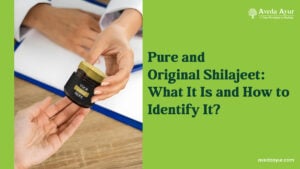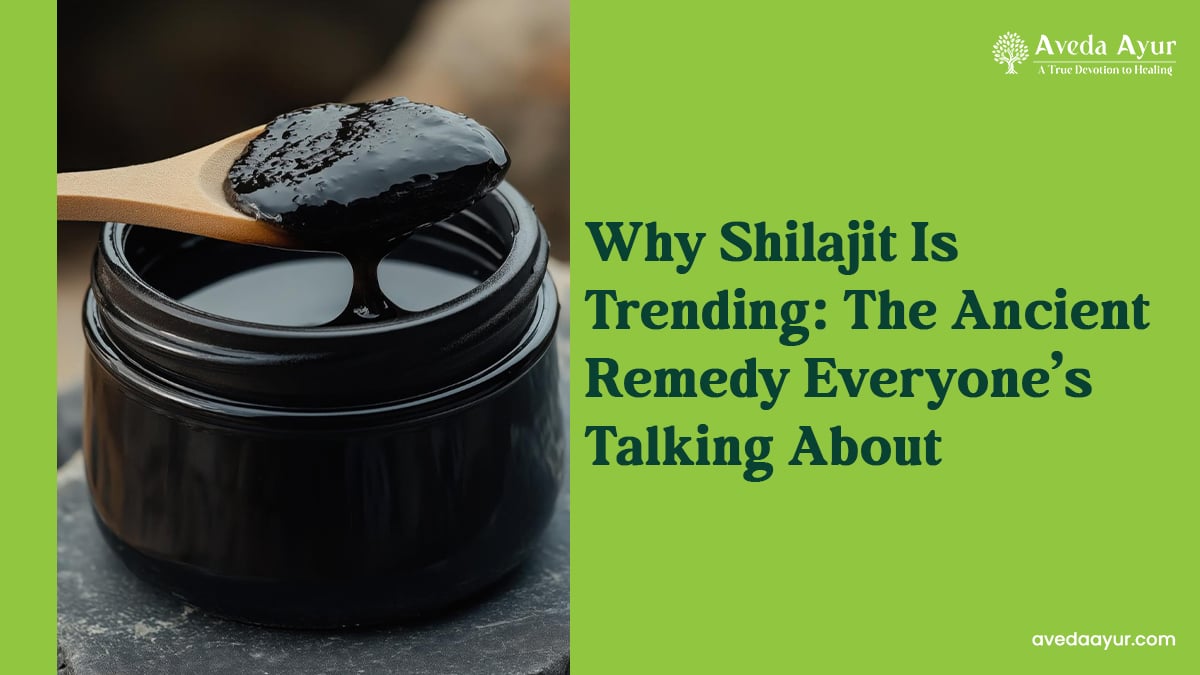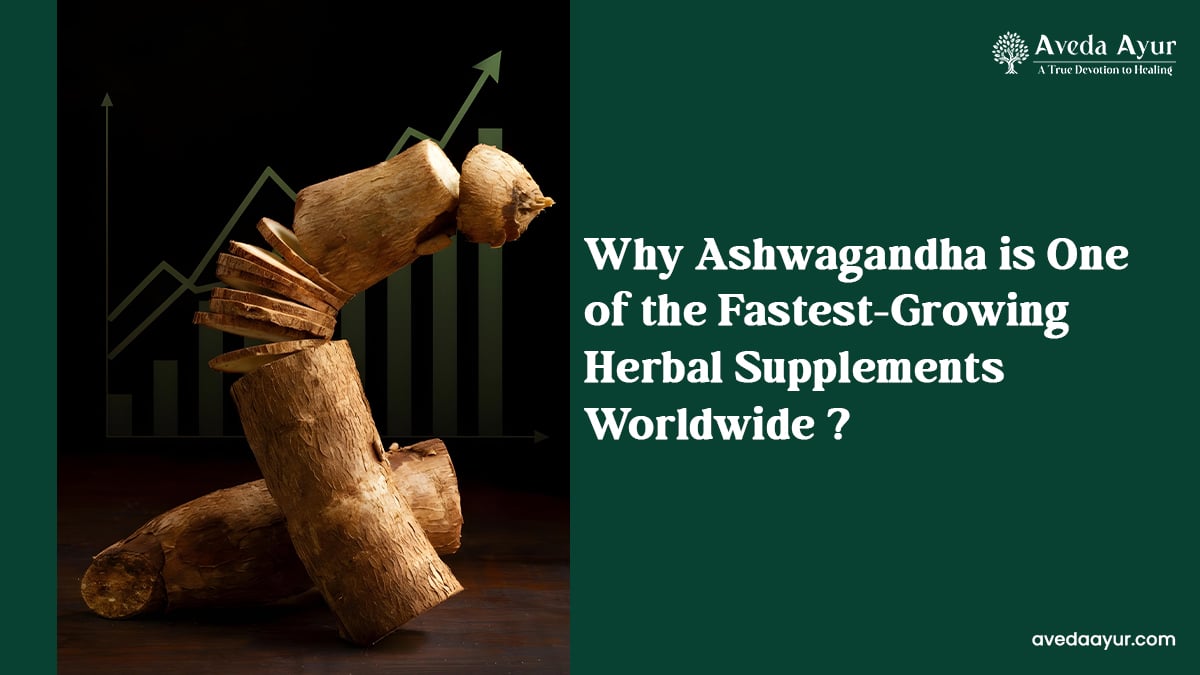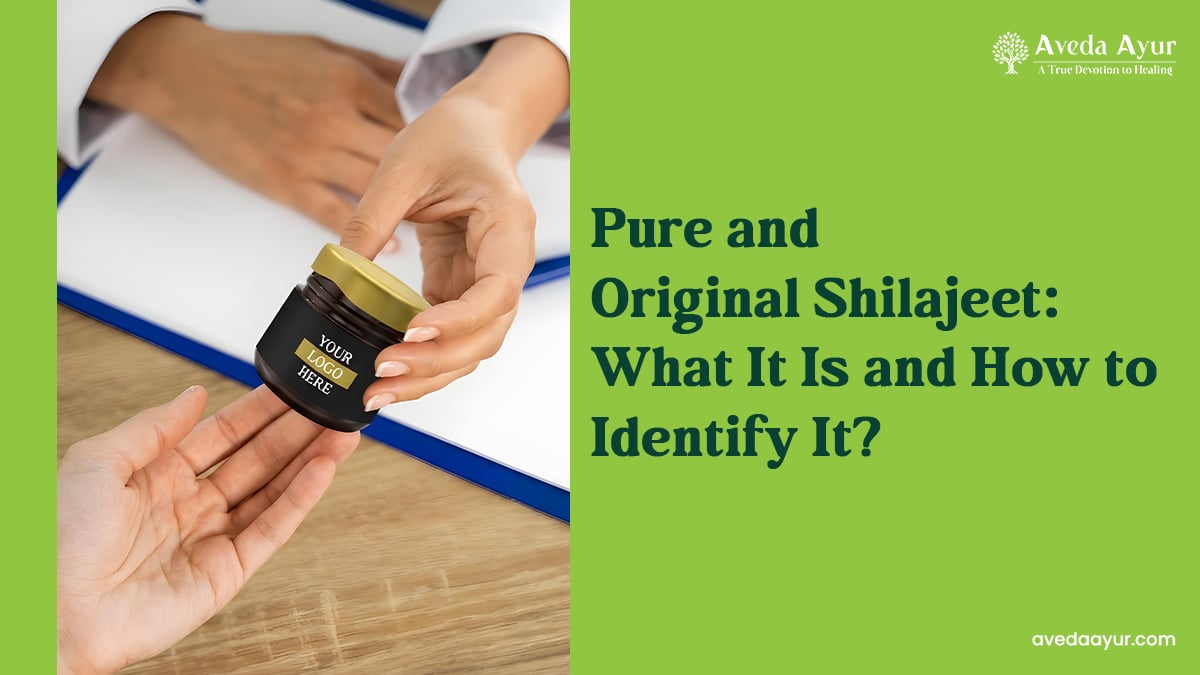Ayurveda creates an important component of healthcare in India. That really is based upon centuries old observation, abundant with traditional intellect and with its own strong essential fundamentals and philosophy as its body and skeleton.
As per Ayurvedic notions, every material of earth is made up of 5 primary elements, which Are prithvi (earth), jal (water), tej (fire), vayu (air), aakash (distance). That is authentic For both plants as well as human beings providing their interface.
Aims and objectives of Ayurveda are:
1. To preserve and promote the health of a healthy individual.
2. To ease the disease in a patient. AyurVeda, so, followed a holistic strategy to handle any daily health protective, promotive, and disease related issues.
The Conventional use and Wide ranging concurrent use throughout India by countless individuals on daily basis There’s a perfect instance of supplying Ayurvedic medicines a status of GRAS. This is especially applicable to the pure Herbal formulations. Strict compliance of GMP Ought to Be able to deal with the Safety of metallic, mineral or their combination products by tracking stringently For use of textual methods for fabricating those drugs. In certain Cases, but there is a sope of stringent regulatory rules to run toxicity studies of Ayurvedic products, though such instances could be few. Lack of this information, nevertheless, Shouldn’t Be Applied as non-tariff barrier in commerce by Any country
Safety Guidelines:
Safety in Ayurveda has always been a matter of concern not only now but it is also discussed in the real history. Ancient Ayurveda literature has many principles regarding drug quality, procurement, storage and processing. You’ll find further references regarding judicious usage of medication by meticulously judging the disorder and also personalized therapeutic. We observe where the prior part of safety has much to do with Good Manufacturing Practices (GMP), the next is focused on Good Clinical Practices (GCP).
Evidence for safety
1. Traditional use:-
Ayurvedic medicines have been traditionally used for thousands of In 1998 according to figures of Govt. Of India, you will find 609,400 Physicians of Indian Systems of Medicine and Homeopathy in India1 . International resurgence of Ayur-veda especially its herbal component has Resulted in the requirement of its own scientific Validation both in terms of efficiency and safety.
Few recent events published In international journals have refocused the attention on safety elements of Ayurvedic products and services. Approximately 80 percent of the population in India depends on conventional medicine. Outside Of which almost 70-75% depend on Ayurvedic medicines in 1 form or another. That implies if approx. 2,50,000 Ayurvedic doctors see within a typical 10 patients Per day it transforms to 2.5 m patients per day. Almost equal number of individuals doesn’t goto doctor and uses these medicines on their own. Meaning, Nearly 5 people use Ayurvedic medicines daily basis in India.
Forth estate Enjoys full freedom in India as well as subsequently media reported episodes of negative impacts Are almost nil. This really is actually the best evidence of security of Ayurvedic medicine going by their conventional usage pattern.
2. Regulatory Cosmetic and Drug Act of India control Ayurvedic medicines
This Act Has recognized the use of toxic substances in preparation of herbal medicines and has supplied another Schedule E1 for listing of such substances. During Preparing the formulation of such ingredients will need to undertake detoxication Called shodhan has said in the ayurvedic books.
All the Ayurvedic Formulations comprising such compounds need to carry a warning on labels ‘to be obtained under medical supervision only’. Ayurvedic formulations do contain poisonous compounds, metals, etc.. Which or even used following Ayurvedic fundamentals, might show symptoms of toxicity
3. Generally thought to be safe (GRAS) list
as stated earlier , ayur-veda opt holistic approach to treatment by which food, drugs and non-therapeutic measure such as exercise and behaviour go together. Ayurvedic formulations contain food ingredients, as well as curative food ingredients. For this reason, it’s presumed that other ingredients except published in Schedule e 1 do come under the list of GRAS i.e. Generally Recognized and Safe though it hasn’t been informed separately.
4. Adverse Drug Reaction Tracking :-
There is no formal system of ADR monitoring of Ayurvedic medicines in India. However, India has a free media and very active print and electronic media. So much the event of adverse drug reaction of Ayurvedic medicine have yet to be reported.
5. Toxicity studies :-
Cosmetic and Drug Act of India controls production of Ayurvedic formulations. But, there are certain terms, which a manufacturer has to to meet granting manufacturing approval. Toxicity studies and clinical trials aren’t mandatory for supply of such licenses. As such there are no guidelines to conduct toxicity studies on cosmetic drugs in India.
Nevertheless ICMR has recently issued preliminary tips 3 to exactly the same and that are reproduced below:
“It is very important that plants and herbal remedies now in usage or cited in literature of recognized Traditional Method of Medicine is prepared strictly in precisely the same manner as described in the literature when comprising GMP norms for standardization. It may well not be essential to tackle phase I studies.
But it ought to be highlighted that since the substance to be tested is in use in Indian Systems of Medicine or has been described within their texts, the need for analyzing its toxicity in animals has now been drastically reduced. It should be required to successfully undertake 4 6 weeks toxicity analysis in two species of creatures in the circumstances described in the prior sentence or when a larger multicentric phase III trial will be subsequently planned based on results of phase II study” A number of medicinal products have experienced toxicity studies at both academic institutions as well as industries in India.
Factors responsible for toxicity of Ayurvedic medicine
1. Improper manufacturing Methods:-
Some products comprise metallic ingredients which must be prepared strictly according to the ancient Ayurvedic text books including process to render them nontoxic. Sometimes unscrupulous formulation companies may use security and shortcuts that’s result the problem. However, if the drugs are manufactured precisely this problem do not arise.2. Contaminants:-
Recently 17 out of 70 Ayurveda products examined were reported to contain Heavy metals. But in some cases heavy metals were containment, in certain other cases they’re intentionally inserted to give therapeutic efficacy in accordance with the Ayurveda text books labelling them as toxic. The following points need intense scientific debate about this problem. A. Various approaches utilized to test heavy metals involved process of digestion, which converts, bound alloy to metals that are free, which are then analysed using a variety of techniques. Do the services and products undergo the same process in the body and actually release metals from bound to free form? It’s also feasible that these heavy metals might come as contaminant during processing in slow vessels or by the substances used. All these are likely sources of contamination and Good Manufacturing techniques need to be in a position to look after it.3. Improper use of Ayurvedic medicine
Following factors are very important with respect to Ayurvedic drugs ingestion.- The vehicle e.g. honey, water etc.
- Relationship with food :- You will find 10 different time of taking the medicine as per Ayurveda which get just below
- Abhukta (morning empty stomach)
- Pragbhukta (just before food)
- Adhobhukta (just after food)
- Madhyabhukta (in middle of meal)
- Antarabhukta (between morning meal and dinner)
- Sabhukta (with food or mixed in food)
- Samudagbhukta (before and after having light meal)
- Muhur-muhur (with food or with food, with food or w/o infrequent periods )
- Sagras (with every snack or with a number of the bite)
- Grasantar (bite after bite)
4. Quality of Ayurvedic medicine
Maintaining quality of herbal medication is of paramount importance. Government of India has later nearly 30 years efforts grown Ayurvedic Pharmacopoeia of India giving the quality standards of certain raw materials. Since homeopathic medications cover a great numbers of formulas and ingredients, generation of quality specifications of the formulas and ingredients is an uphill task and will need its own time. In the meantime, most of the Indian Ayurvedic businesses use their very own inhouse standards to retain the product quality. However, presence of unscrupulous manufactures cannot be eliminated. GMP guidelines for Ayurvedic medicines in India have recommended implementations of quality control measures also.
5. Abuse
Charaka Samhita has classified doctors in to 3 classes; genuine Doctor, confer doctor, and pseudo-physician. As a Result of Socio-economic Reasons quackery is also predominant in certain parts of India in the name of Native System practitioners. In 1 study, the presence of phenytoin and phenobarbital from the Ayurvedic Tablets given to the patients of epilepsy was reported .
Presence of Corticosteroids in a number of the Ayurveda preparations prescribed by the alleged Traditional herbal doctors in India was reported. Inside This study nearly 42% Ayurveda medicine samples have been found to be adulterated with corticosteroids.
This really is to be noted that these Sort of malpractice generally happen at the Physician’s end rather than at the manufacturer’s end. So this has to be taken care of whoever does this type of offense should be punished. With above factors safety sometimes hampered but this is with other type of medicine pathy as well. So these factors should be taken care by the government authorities and by the medical practitioners to guide the patient properly.









